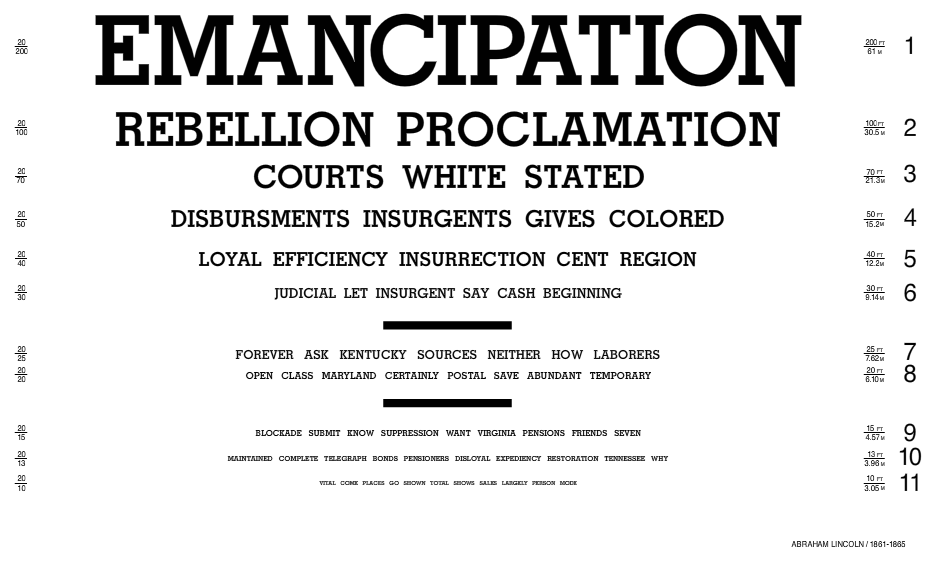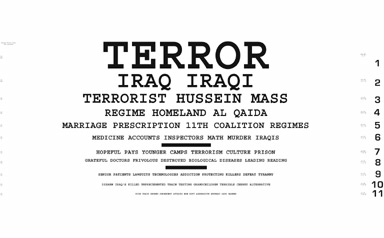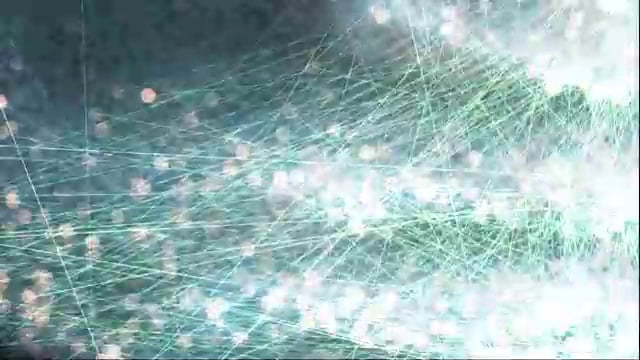Art enlightens us, challenges us, and speaks to us. When we take time to study a piece of art, we observe the elements, media, and methods used in the creative thought processes while also learning the history behind the work. As we lose ourselves to the rhythm of the paint strokes or in the beautiful composition, we also discover more about ourselves and our place in the world. Art delves into our subconscious, illuminating our own experiences and truths by connecting us to our past, reflecting our present, and foreshadowing our future. For many people, art’s expressive medium brings us joy and sadness, incertitude and insight, nostalgia and surprise. In itself, therefore, art is incomplete. We must go out and appreciate it to add that final element artists’ look for: our own perspectives.
The students, faculty, and residents of Lewisburg are fortunate to have the Samek Art Museum on Bucknell’s campus. This incredible resource creates an environment where everyone can come together to engage with the pop-up exhibitions and permanent art installations that are relevant not only to art history majors but all people no matter what field, age, or background.
 The Samek Art Museum’s current exhibit hosts R. Luke Du Bois’ visual data analysis collection. As a musical composer and data and programming engineer, Du Bois was interested in how visual data analysis can be transformed into art. In his “Portraits and Landscapes” exhibit in Samek, Du Bois creates a fascinating, modern way to interpret portraiture. Portraits no longer have to be constructed through oil paintings; rather, personas can be constructed by the data analysis that we use to communicate everyday. Du Bois’ goal for his “Portraits and Landscapes” exhibit is to transform something seemingly mundane into an aesthetic masterpiece conveying meaning and substance.
The Samek Art Museum’s current exhibit hosts R. Luke Du Bois’ visual data analysis collection. As a musical composer and data and programming engineer, Du Bois was interested in how visual data analysis can be transformed into art. In his “Portraits and Landscapes” exhibit in Samek, Du Bois creates a fascinating, modern way to interpret portraiture. Portraits no longer have to be constructed through oil paintings; rather, personas can be constructed by the data analysis that we use to communicate everyday. Du Bois’ goal for his “Portraits and Landscapes” exhibit is to transform something seemingly mundane into an aesthetic masterpiece conveying meaning and substance.
To learn more about this, I met up with Art History major and intern for the Samek Art Museum, Kate Miller, to have her tell me about Du Bois’ movement. Kate begins by guiding me over to A More Perfect Union, a collection of maps revealing a dating lexicon of each state. “Du Bois,” Kate tells me, “joined dating sites all over the country and selected the most repeated word in the biography descriptions of each resident.” He examined how 16.7 million people describe themselves and what they seek for in others in their online data profiles. He geographically segmented the online daters and then used that most frequented word in place of the town name on the map. Kate explained to me how that single word can actually show what the town best characterizes, whether it involves an activity, a sports team, an emotion, or more. Through a simple heuristic, such as New Orleans word as “flood,” he identifies people who are lonely, confident, promiscuous, struggling, athletic, grief-stricken, and more. This map powerfully reveals what matters most to the residents, whether they are conscious of it or not.
Du Bois uses a similar technique in his 2008 piece, Hindsight 2020, a collection resembling eye charts in a doctor’s office. In this metaphor of  vision, Du Bois took most repeated words in each president’s State of Union Address and arranged the eye chart to have the most used word as the largest on top. George Washington’s most repeated word was gentleman, Lincoln emancipation, Hoover unemployment, Nixon (ironically) truly, and George W. Bush’s terror. Kate explains how this “panoramic perspective highlights what was most important at the time. The most repeated word is the keystone of their presidential influence, relating to their historic legacies.”
vision, Du Bois took most repeated words in each president’s State of Union Address and arranged the eye chart to have the most used word as the largest on top. George Washington’s most repeated word was gentleman, Lincoln emancipation, Hoover unemployment, Nixon (ironically) truly, and George W. Bush’s terror. Kate explains how this “panoramic perspective highlights what was most important at the time. The most repeated word is the keystone of their presidential influence, relating to their historic legacies.”
Another chart, Self Portrait, consists of a force directed graph presenting every email Du Bois has ever received by 1993. Kate ex plains, the chart is “based on frequency of emails and emotional language such as I love you or I care for you.” Rather than a photo of just someone’s face, Du Bois’ self portrait shows “who he is as a person, what he values, what he is willing to devote time to.” By using computer algorithms to make his art statistically significant and precise, Du Bois creates an aesthetically pleasing artistic media portraying his humanistic identity.
plains, the chart is “based on frequency of emails and emotional language such as I love you or I care for you.” Rather than a photo of just someone’s face, Du Bois’ self portrait shows “who he is as a person, what he values, what he is willing to devote time to.” By using computer algorithms to make his art statistically significant and precise, Du Bois creates an aesthetically pleasing artistic media portraying his humanistic identity.
After examining and learning about a few more of Du Bois’ pieces, Kate and I chatted about how Richard Rinehart, the director and curator of Samek, lines up relevant and innovative exhibits that constantly challenge, engage, and inspire all types of visitors. Head up the stairs in the ELC and discover or lose yourself in a tiny self created world right on campus.
Coming soon:
Gallery Engagement Team (G.E.T) Presents: Frequency
Frequency is G.E.T.’s Fall Gala in conjunction with R. Luke DuBois exhibit: Portraits and Landscapes
And if you go, please take Samek Art Museum visitor participation survey: https://www.surveymonkey.com/r/9DN9KB2
The Samek Art Museum aims to gain a better insight on the visitor experience regarding exhibitions and events. The data collected will help staff improve future programming. The survey will take at most 10 minutes to complete. The data collected will be strictly anonymous and we will not share the information you provide with any outside organizations.

